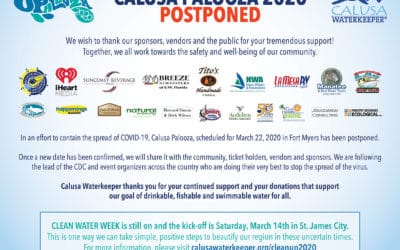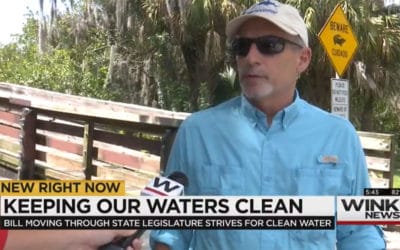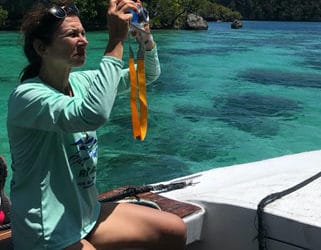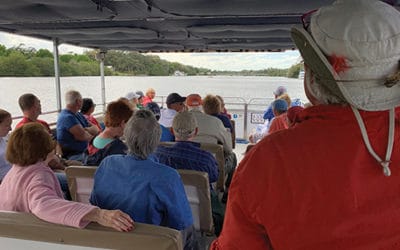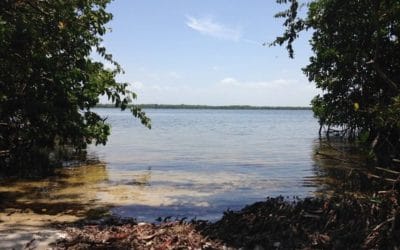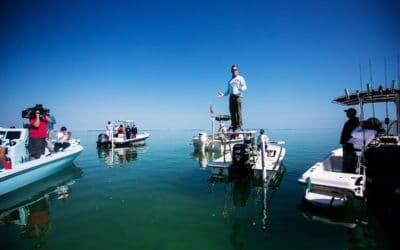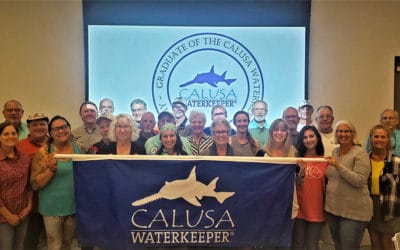Calusa Waterkeeper
In the News
Calusa Palooza and Concert for Clean Water Postponed
Calusa Palooza, originally scheduled for March 22, was intended as a good time gathering of volunteers, vendors, sponsors and the general public, anchored by some great Eagles music. It was also intended to bring awareness to an issue we face all year long – the critical role CLEAN WATER plays in our livelihood and enjoyment of Southwest Florida.
Denial of Chiquita Lock Removal Permit Upheld in Final Order by FDEP Secretary
Florida Department of Environmental Protection Secretary Noah Valenstein rejected the permit that the agency previously said it would approve. The order issued from Valenstein represents the DEP’s final decision on the matter and supersedes a November 2018 announcement that it would issue the permit.
‘Clean Waterways Act’ Passes Florida Senate; What Does it Mean for the State?
A new Senate Bill aims to make our waterways cleaner and keep them that way. Calusa Waterkeeper John Cassani supports parts of the bill, saying, “I think what it boils down to is… does the state of Florida have the political will to effectively implement the legislation so that it’s something more than words on paper?”
CWK Ranger Profile – Louise Kowitch
As a child, Louise sailed and swam in the Chesapeake Bay, and it’s where she got her first paid job as a reporter/photographer fresh out of college. This experience exposed Louise to the Save the Bay movement, which at the time was pioneering local efforts to prevent non-point source pollution.
Time-Traveling River Excursions Featured at Swamp Cabbage Festival
A plethora of festival-goers boarded the M/V River Queen for some exciting Caloosahatchee River Excursions that were again featured at this year’s Swamp Cabbage Festival thanks to the LaBelle Heritage Museum. The tour was led by CWK Rangers John & Kathy Cookman who own and operate Manatee & Eco River Tours.
Calusa Waterkeeper Receives Community Impact Grant from Southwest Florida Community Foundation
Local non-profit will continue to spotlight human health and safety impacts of declining water quality.Calusa Waterkeeper (CWK) is pleased to have received a substantial grant from the Southwest Florida Community Foundation for health & safety initiatives. As part of...
Clean Water Groups Respond to Florida Chief Science Officer
Florida Springs Council, Florida Waterkeepers, and Sierra Club responded to remarks by Florida’s Chief Science Officer, Thomas K. Frazer, Ph.D., regarding Senate Bill 712. The three organizations sent a twelve-page letter to Dr. Frazer detailing multiple failures of the bill to meaningfully address Florida’s water pollution crisis.
Greater Pine Island Civic Association Welcomes Calusa Waterkeeper John Cassani to Monthly Meeting
The Greater Pine Island Civic Association held its monthly meeting and John Cassani of Calusa Waterkeeper provided an update on the environmental issues, particularly the testing of waters at Tropical Point. The GPICA recently partnered with Calusa Waterkeeper in the testing of local water at Tropical Point.
Florida Legislature Needs Bold Action on Water Quality
Last year’s legislative mantra was that of enlightenment and urgency on the issue of declining water quality, yet no relevant bill passed. This year we see many bills again coming forth, especially SB 712 cited as the “Clean Waterways Act” reflecting many of the Blue-Green Algae Task Force recommendations in various forms.
Concert for Clean Water features Hotel California® Eagles tribute band at Calusa Palooza 2020
Water quality takes center stage as we present Calusa Palooza 2020, a day-long, family-friendly, water-themed festival culminating with a double-header rock show. The festival and “Concert for Clean Water” is from 10 a.m. to 9 p.m. Sunday, March 22 in Centennial Park in downtown Fort Myers.
Federal Government Still Far Behind on Everglades Restoration Money
Everglades restoration has been talked about for generations, and work started on some of the original 68 projects about 20 years ago. But few projects have been completed, and some critics say it’s because the federal government has fallen so far behind on the 50-50 cost share project.
Calusa Waterkeeper Hosts Quarterly Ranger Meeting with Zone Leadership
The Ranger program (now totaling 82 volunteers) continues to mature under Waterkeeper, John Cassani’s steady guidance. It is gratifying to see Zone Leaders take initiatives in building out programs to drive advocacy and water testing in their respective areas of our watershed.

























